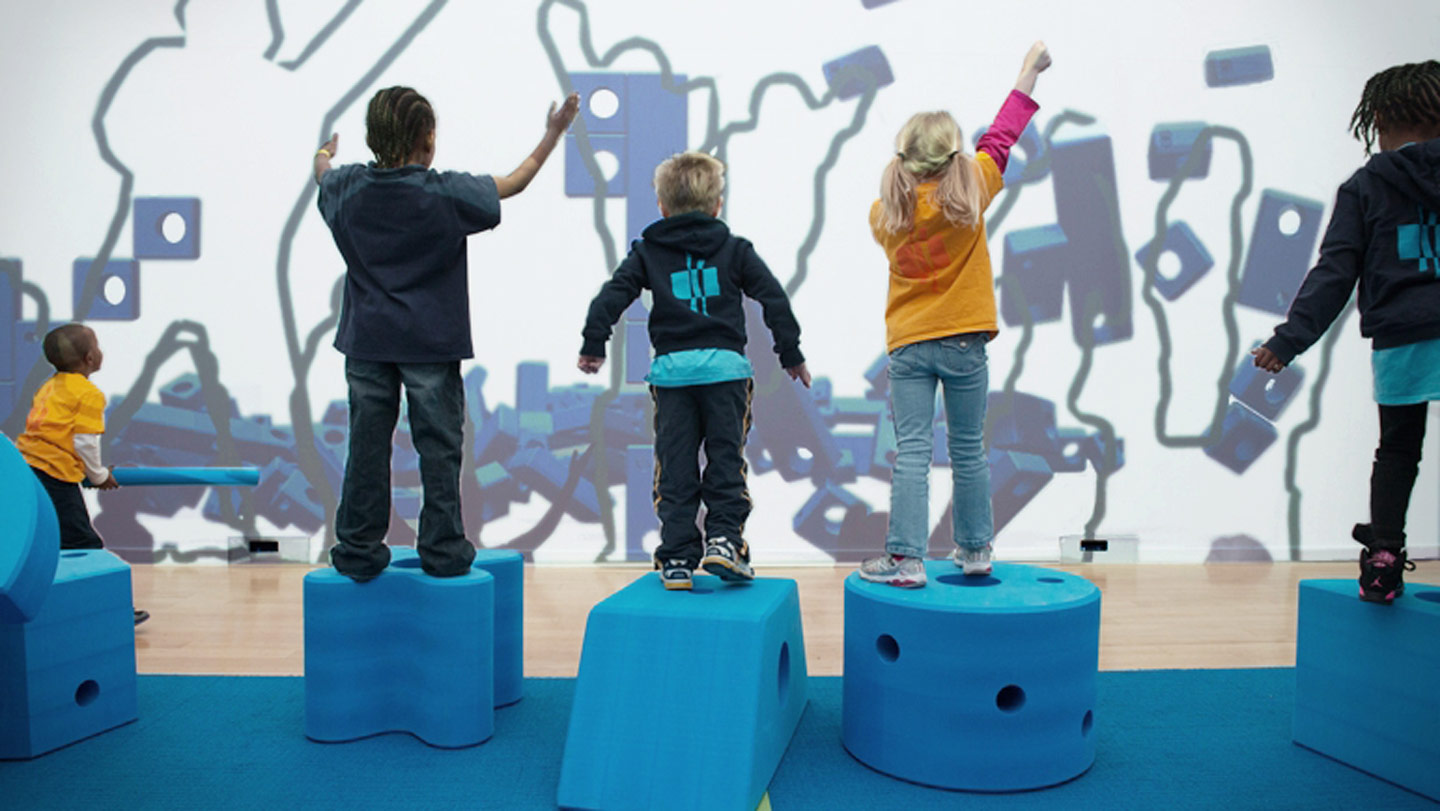var cable = 640;
var finger = 480;
var fingercolour1 = 350;
var fingercolour2 = 380;
var light1 = 0;
var light2 = 0;
var light3 = 0;
var light4 = 0;
var light5 = 0;
var light6 = 0;
var ow = 0;
function setup() {
createCanvas(480, 640);
}
function draw() {
background(50);
//light
noStroke();
fill(255,267,13,light1);
ellipse(width/2, height/3, 80,80);
fill(255,267,13,light2);
ellipse(width/2, height/3, 155, 155);
fill(255, 267, 13,light3);
ellipse(width/2, height/3, 250, 250);
fill(255, 267, 13,light4);
ellipse(width/2, height/3, 370, 370);
fill(255, 267, 13,light5);
ellipse(width/2, height/3, 600, 600);
fill(255, 267, 13, light6);
ellipse(width/2, height/3, 800, 800);
//Finger
strokeWeight(3);
fill(227,mouseX-fingercolour1,mouseX-fingercolour2);
ellipse(finger, 200, 40, 20);
circle(finger + 50, 220, 50);
noStroke();
rect(finger, 190, 50, 20);
rect(finger + 50, 190, 300, 40);
fill(208, 156, 158);
ellipse(finger-10, 198, 15, 10);
//cable
stroke("black");
fill("gray");
beginShape();
vertex(220, cable);
vertex(230, cable - 30);
vertex(250, cable - 30);
vertex(260, cable);
endShape();
line(237,cable-30, 232, cable);
line(243, cable - 30, 247, cable);
rect(220,cable,40,55);
fill("yellow");
rect(199, cable + 55, 80, 20);
rect(210, cable + 75, 60, 30);
strokeWeight(15);
rect(235, cable + 111, 10, 100);
//lightbulb
strokeWeight(5);
noFill();
arc(width/2, height/3, 200,200, 300,0);
arc(width/2, height/3, 200,200, 180,150);
strokeWeight(5);
stroke("black");
line(140,height/3, 190,350);
line(340,height/3, 290,350);
fill("black");
rect(170,350,138,10);
strokeWeight(15);
line(290, 375, 190, 385);
line(290, 400, 190, 410);
line(290, 425, 190, 435);
fill("black");
rect(220, 440, 40, 30);
//lightbulb interior
strokeWeight(3);
noFill();
beginShape();
vertex(220, 350);
vertex(180, 220);
vertex(195, 205);
vertex(210, 220);
vertex(225, 205);
vertex(240, 220);
vertex(255, 205);
vertex(270, 220);
vertex(285, 205);
endShape();
if (mouseY > 420){
cable = mouseY + 50;
}
if (cable < 490 & cable > 370){
light1 = 100;
light2 = 75;
light3 = 55;
light4 = 35;
light5 = 15;
light6 = 5;
}
else{
light1 = 0;
light2 = 0;
light3 = 0;
light4 = 0;
light5 = 0;
light6 = 0;
}
if (mouseX > 355){
finger = mouseX;
}
if(finger < 365 & cable<490 & cable > 370){
textSize(20);
textFont("old english");
fill("white");
text("OW!",420, 50);
}
}I wanted to create dynamic drawing that incorporates the change of mouseX and mouseY, so I created a lightbulb that will be turned on when the cable is plugged in, and the finger is able to reach the lightbulb. If the finger touches the bulb while it’s on, the person will scream “ow”.
![[OLD FALL 2019] 15-104 • Introduction to Computing for Creative Practice](../../../../wp-content/uploads/2020/08/stop-banner.png)
